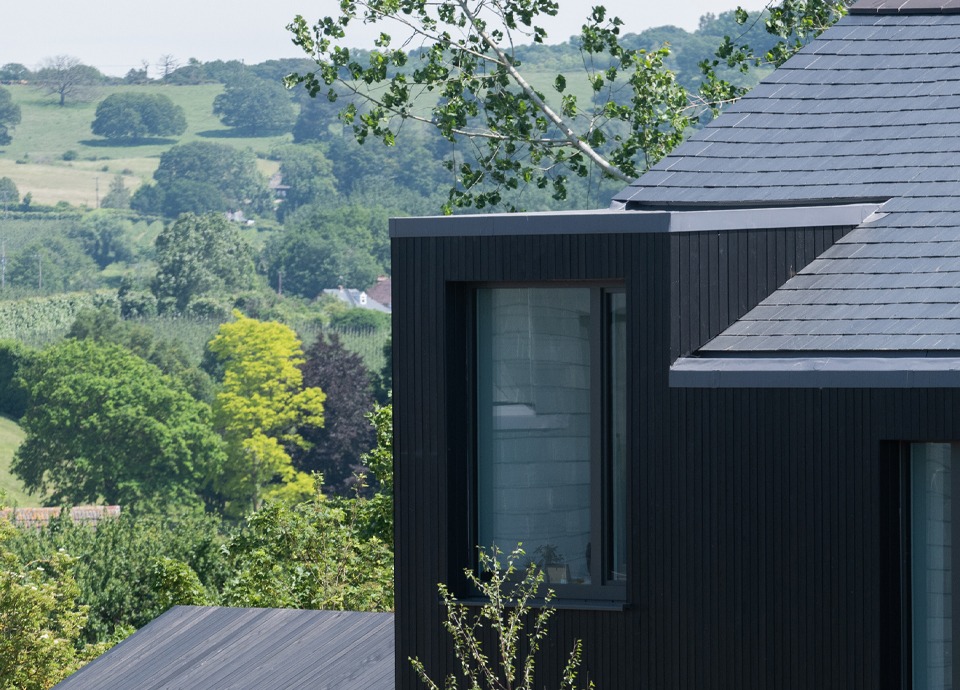
As offices, shops, bars, and restaurants began to open up again; we started our journey of recovery from the COVID-19 pandemic. Numerous articles and reports have indicated record drops in CO2 emissions during the Pandemic, but the big question on everyone’s mind was, what will happen next?
This is not the first time a global crisis has had an impact on CO2 emissions. The economic recession of 2008 caused a significant drop in greenhouse gas emissions that year; however, the immediate rebound almost cancelled out all the positive reductions made. Furthermore, countries like China pushed hard to compensate for the economic crash with aggressive industrial growth strategies that dramatically ramped up their emissions over the following decade.
With the risk of history repeating itself, many large companies have been petitioning governments to implement green recovery policies that can help promote a sustainable future and try to take advantage of the reduced environmental impact we have been experiencing. These include driving investment in low carbon innovation, infrastructure and industries or putting ‘green’ strings on government grants and bailouts.
With the building and construction industry contributing to approximately 40% of global CO2 emissions, we, as architects, engineers & designers, have already been pushing for a greener agenda on our projects, albeit with slow progress. What have we learned during the COVID-19 pandemic that we can use to make the most of this environmental spirit and accelerate sustainable growth?
In an article by the BBC, Elise Amal, a professor in psychology at the University of St Thomas in St Paul and Minneapolis, talks about how the population spending lots of time at home during lockdown (either working, furloughed or because they are out of work), are becoming much more aware of their energy consumption and need for healthier environments in which to live and work. This awareness is causing incidental shifts in people’s mindsets towards a more sustainable lifestyle. Although this may only be a temporary shift, there is a good chance of “spill-over effects” providing a longer-lasting impact on lifestyles in favour of pro-planet behaviour. This could be anything from reducing food waste (as people are trying to limit their trips to supermarkets and therefore becoming more efficient with their meals) to planting trees and growing house plants as we develop our appreciation of nature in our newly found love of socially distant walking.
The global scale of this pandemic has demonstrated how small actions can have knock-on effects that impact the world so dramatically. This was vividly understood when lockdown measures came into force; a single person could prevent the passing of the infection to hundreds/thousands by simply staying at home – a perfect example of how one person CAN make a difference. When viewed in this light, we as individuals begin to see ourselves as part of a bigger whole. This new perspective has already been demonstrated through supportive and generous behaviour on a national scale, be that through the ‘Clap for Our Carers’ movement and public members helping at-risk individuals and the elderly during lockdown.
With these topics so present in everyone’s minds, it appears as if the general population and the people in power are finally beginning to understand the global impacts of their choices. Now could be the perfect time to increase our promotion of sustainable, low-impact construction with our clients, local authorities, developers and contractors as they become more understanding of the consequences of their decisions on a sustainable future and healthy living.
With so many ways to approach sustainable design and construction (Passivhaus, solar panels, low impact building materials, biophilic design, net carbon zero, whole life cycle construction, to name a few), it can all become a bit overwhelming. It is therefore essential to remember that the goal is to promote the sustainable agenda in the minds of our clients and not push so hard that we scare them off.
Architects and designers should now have the confidence to specify lower impact and more sustainable materials in the design of their buildings as they can demonstrate the benefits of these decisions to a more receptive audience. This should not be limited to timber frames, green roofs and triple glazing but include more generic materials like sheathing boards that omit the need for breather membranes or paint finishes that purify the air in your home. These simple changes in specifications don’t fundamentally alter the methods of construction currently in place but begin to move the industry in the right direction, preparing it for more significant moves later down the line.
Suppliers of construction materials can also benefit from this sustainable shift by demonstrating how their products contribute to a building’s sustainable design as a whole. Better yet, separate suppliers should now be coming together to develop specification packages that list recommended products from other suppliers that work together with theirs to form a completely sustainable system.
As the world slowlyrecovers from the COVID-19 crisis, it is everyone’s responsibility to remember that we still have a Climate Crisis to tackle. However, we, as designers, specifies and suppliers must take the lead on this unique opportunity to help the industry maintain its understanding that healthy, sustainable, environmentally conscious construction is not just a luxury but a necessity.